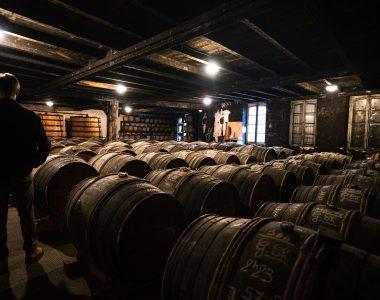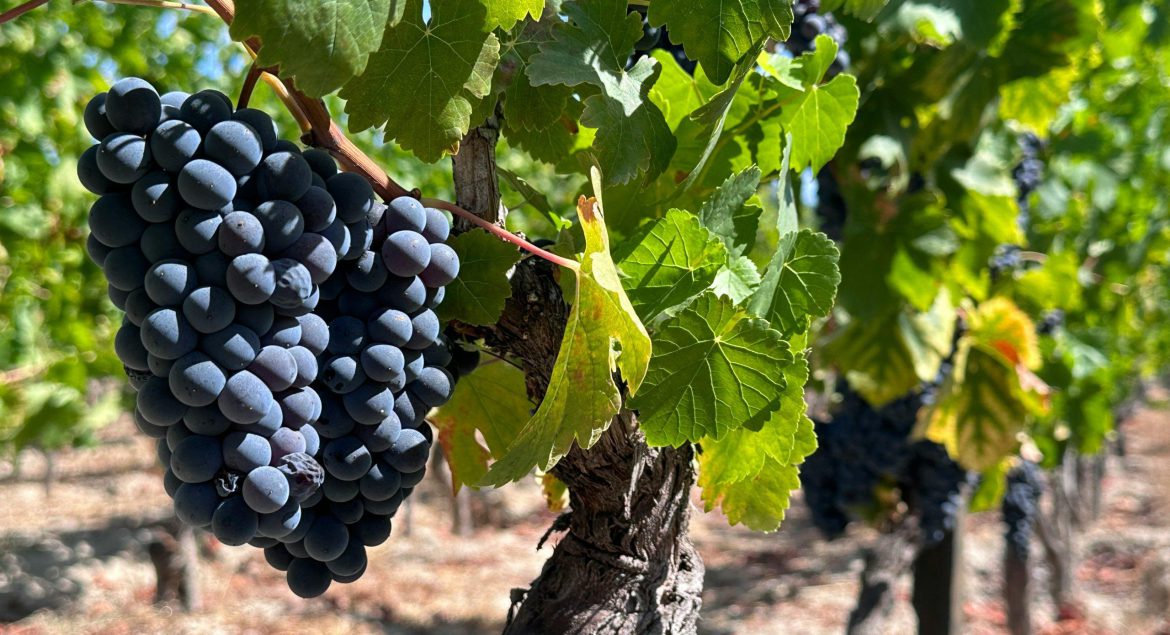
While renowned regions like Bordeaux, Napa Valley, and Tuscany often steal the spotlight, many lesser-known wine regions around the world produce exceptional wines that are waiting to be discovered by adventurous wine enthusiasts. These hidden gems not only offer diverse and exciting wine styles but also tell unique stories of tradition, innovation, and terroir. If you’re looking to expand your palate and explore beyond the usual wine routes, here are some of the world’s most intriguing under-the-radar wine regions.
1. Mendoza, Argentina (Uco Valley)
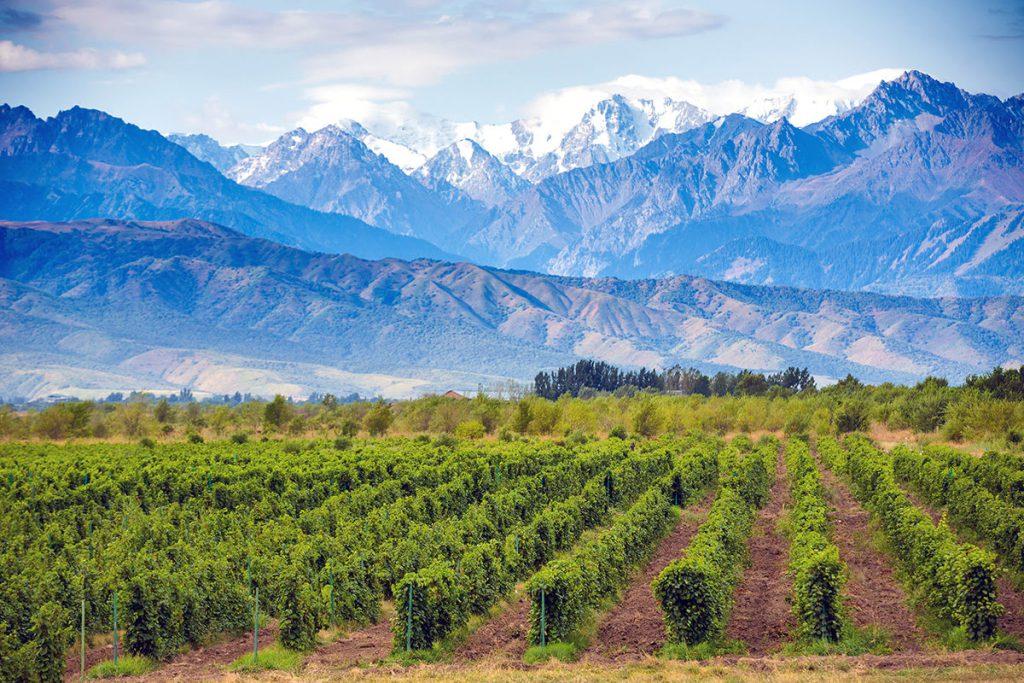
Known For: Malbec
While Argentina is famous for its Malbec, the Uco Valley, located within the larger Mendoza wine region, offers a unique twist on this classic varietal. Set at the foothills of the Andes, the high-altitude vineyards in Uco Valley benefit from cooler temperatures, which allow the grapes to ripen slowly, resulting in wines with great complexity, structure, and bright acidity.
- Wine to Try: Malbec Reserva – Rich in dark fruit flavors like blackberry and plum, with subtle notes of spice and violet, Malbec from the Uco Valley is both elegant and full-bodied.
- Why It’s Special: The region’s elevation and diverse microclimates produce Malbecs that are more refined and mineral-driven than their counterparts from lower altitudes.
2. Swartland, South Africa
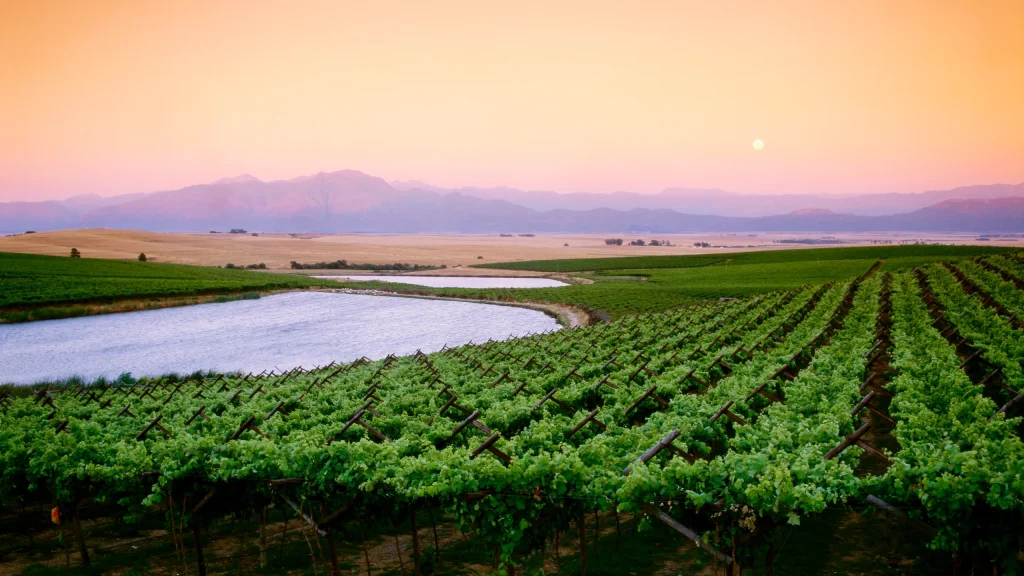
Known For: Chenin Blanc, Syrah
South Africa has long been recognized for its wine production, but the Swartland region is an emerging star for wine lovers looking for bold and dynamic wines. Located north of Cape Town, Swartland’s dry climate and rugged landscape are ideal for producing high-quality Chenin Blanc and Syrah, among other varieties.
- Wine to Try: Old Vine Chenin Blanc – A stunning example of Chenin Blanc, Swartland’s old-vine expressions are complex, with flavors of peach, apple, and honey, along with a backbone of minerality.
- Why It’s Special: The use of organic and biodynamic farming methods by many producers makes Swartland a hotspot for natural wines with distinct, terroir-driven flavors.
3. Georgia (Kakheti)
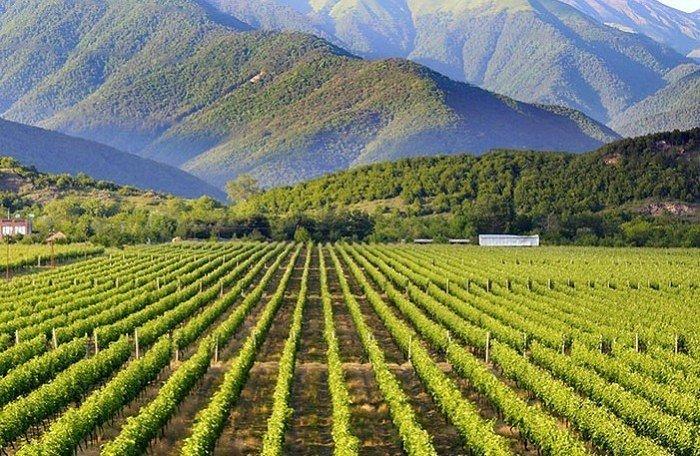
Known For: Qvevri wines, Rkatsiteli, Saperavi
Georgia is often hailed as the birthplace of winemaking, with a history that spans over 8,000 years. The Kakheti region, located in eastern Georgia, is particularly famous for its traditional qvevri winemaking method, where wines are fermented and aged in clay vessels buried underground. This ancient technique produces unique, amber-colored wines with complex flavors.
- Wine to Try: Saperavi – A full-bodied red wine with deep flavors of dark berries, black cherry, and spices. Its high acidity and tannins make it a great candidate for aging.
- Why It’s Special: Georgia’s wines are unique due to their ancient winemaking methods and native grape varieties like Rkatsiteli (white) and Saperavi (red), offering an experience unlike anything from modern wine regions.
4. Tasmania, Australia
Known For: Sparkling Wine, Pinot Noir
Tasmania, a small island off the southern coast of Australia, is gaining international recognition for its cool-climate wines. With its pristine environment, Tasmania produces some of the world’s finest sparkling wines and elegant Pinot Noir. The cooler temperatures allow for slow grape maturation, resulting in wines with bright acidity and fresh, vibrant fruit flavors.
- Wine to Try: Tasmanian Sparkling Wine – Made using the traditional method (similar to Champagne), these wines are crisp and refined, with flavors of citrus, green apple, and brioche.
- Why It’s Special: Tasmania’s cool climate and maritime influence create ideal conditions for producing sparkling wines that rival those from France’s Champagne region.
5. Etna, Italy (Sicily)
Known For: Nerello Mascalese, Carricante
On the slopes of Mount Etna, Europe’s highest active volcano, lies a dynamic wine region that has been producing wine for centuries. The volcanic soil, high elevation, and dramatic temperature shifts contribute to wines with remarkable minerality and character. Etna is particularly known for its red wines made from the Nerello Mascalese grape and white wines from Carricante.
- Wine to Try: Etna Rosso – Made from Nerello Mascalese, this red wine is often compared to Pinot Noir due to its light body, delicate tannins, and bright red fruit flavors, accompanied by earthy, smoky notes.
- Why It’s Special: The combination of volcanic soil and high altitude gives Etna’s wines a unique minerality and complexity, making them a favorite among sommeliers and wine collectors.
6. Dao, Portugal

Known For: Touriga Nacional, Encruzado
While Portugal’s Douro Valley is famous for Port wine, the lesser-known Dao region is an excellent source of high-quality red and white wines. Nestled between mountains, Dao’s high altitude and granite soils create wines that are elegant, balanced, and often age-worthy. The region’s reds are primarily made from the Touriga Nacional grape, while its whites are often based on the Encruzado variety.
- Wine to Try: Touriga Nacional – This robust red wine features flavors of blackberry, plum, and violet, with firm tannins and the potential for aging.
- Why It’s Special: Dao’s combination of high altitude and diverse microclimates produces wines with great structure and aging potential, offering a more restrained style compared to the bolder wines of Douro.
7. Maule Valley, Chile

Known For: Carignan, Pais
Chile’s Maule Valley is one of the oldest wine regions in the country and is currently experiencing a renaissance. Known for its rustic, dry-farmed vineyards, Maule Valley produces exceptional old-vine Carignan and Pais, two red grape varieties that have been revitalized by a new generation of winemakers focused on sustainability and traditional farming methods.
- Wine to Try: Old-Vine Carignan – This bold red wine features intense flavors of red fruits, herbs, and spices, with a rustic edge and a natural acidity that makes it perfect for pairing with food.
- Why It’s Special: The dry-farming techniques and old-vine vineyards give Maule Valley wines a distinct, authentic character, with producers focusing on minimal intervention and organic practices.
8. Ahr Valley, Germany
Known For: Pinot Noir (Spätburgunder)
The Ahr Valley is one of Germany’s smallest and most northerly wine regions, yet it is renowned for producing some of the country’s best Pinot Noir, known locally as Spätburgunder. The steep, south-facing vineyards along the Ahr River benefit from warm air currents and slate soils, which create Pinot Noir wines with elegance, bright acidity, and minerality.
- Wine to Try: Spätburgunder (Pinot Noir) – Light-bodied yet complex, Ahr Valley’s Pinot Noir showcases red fruit flavors like cherry and raspberry, with earthy undertones and crisp acidity.
- Why It’s Special: The cool climate and steep slopes of the Ahr Valley provide the perfect conditions for producing refined, mineral-driven Pinot Noir, making it a hidden gem for lovers of this varietal.
Conclusion
Exploring lesser-known wine regions offers the opportunity to taste unique, high-quality wines that often go unnoticed by the mainstream. These hidden gems—from the volcanic slopes of Etna to the rugged vineyards of Swartland—provide a fresh perspective on winemaking and terroir. Whether you’re a seasoned wine enthusiast or just starting your journey, venturing into these regions will expand your palate and introduce you to wines with remarkable character and history.

